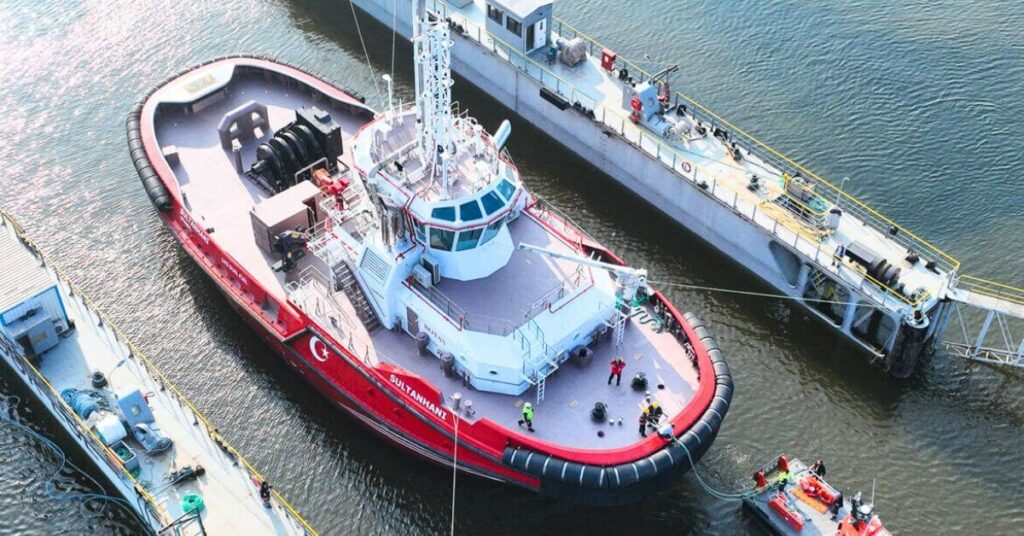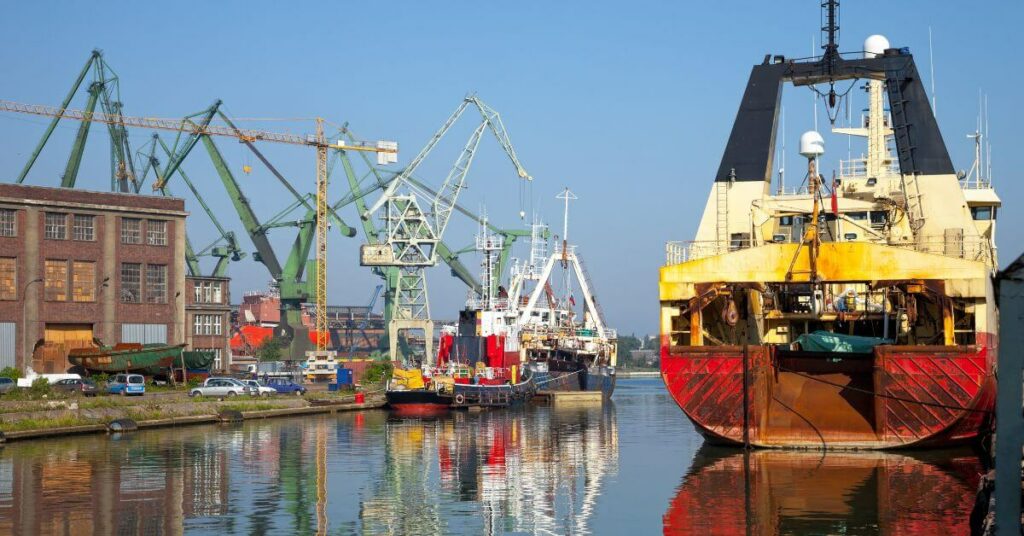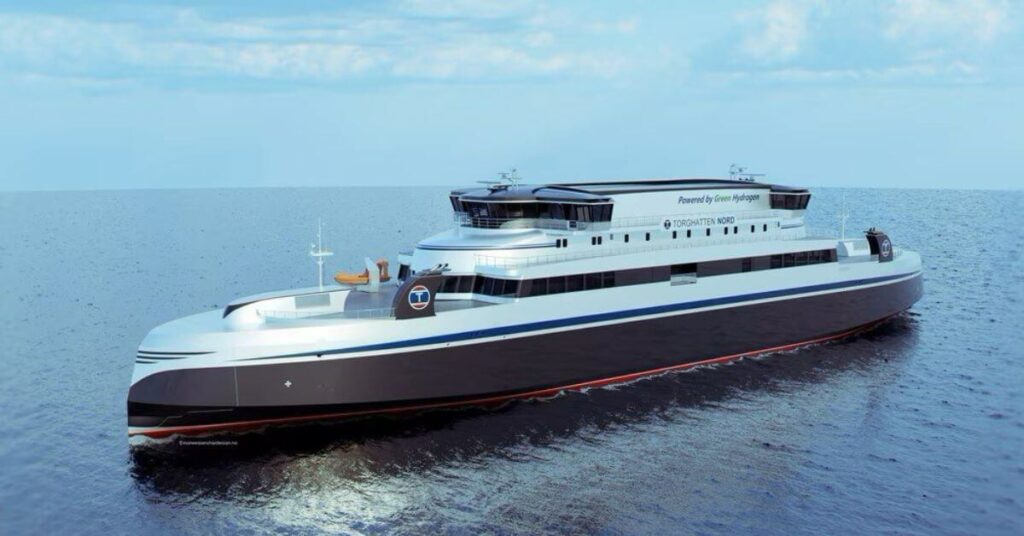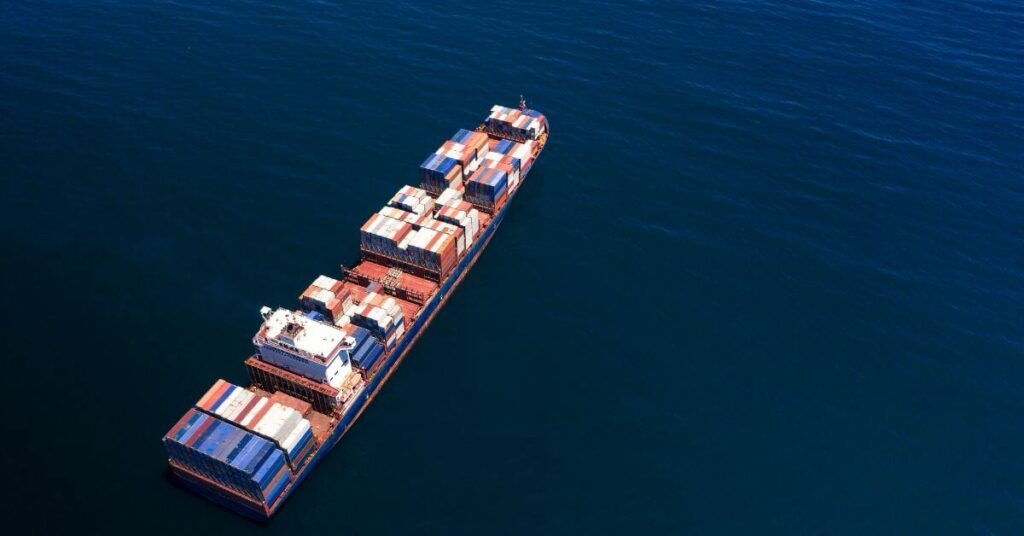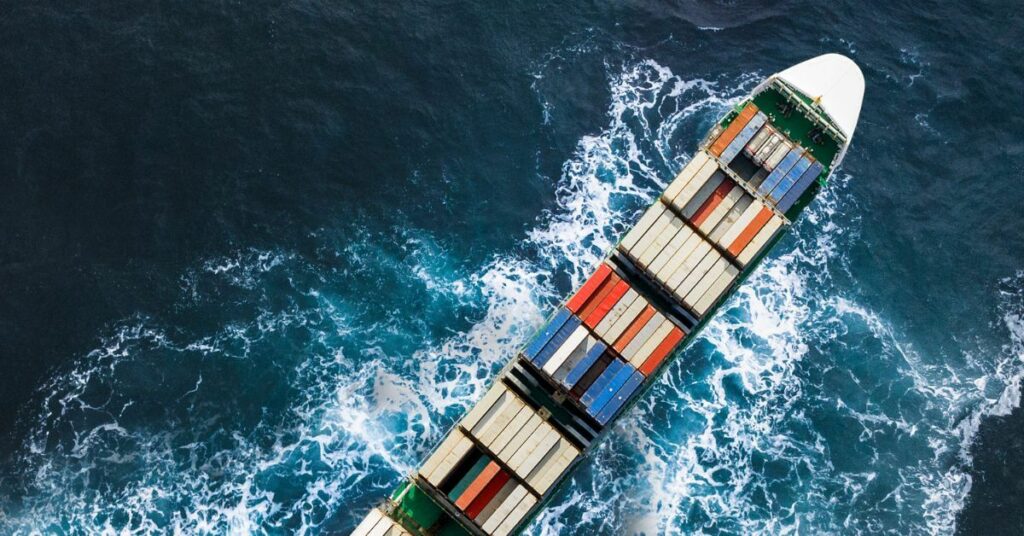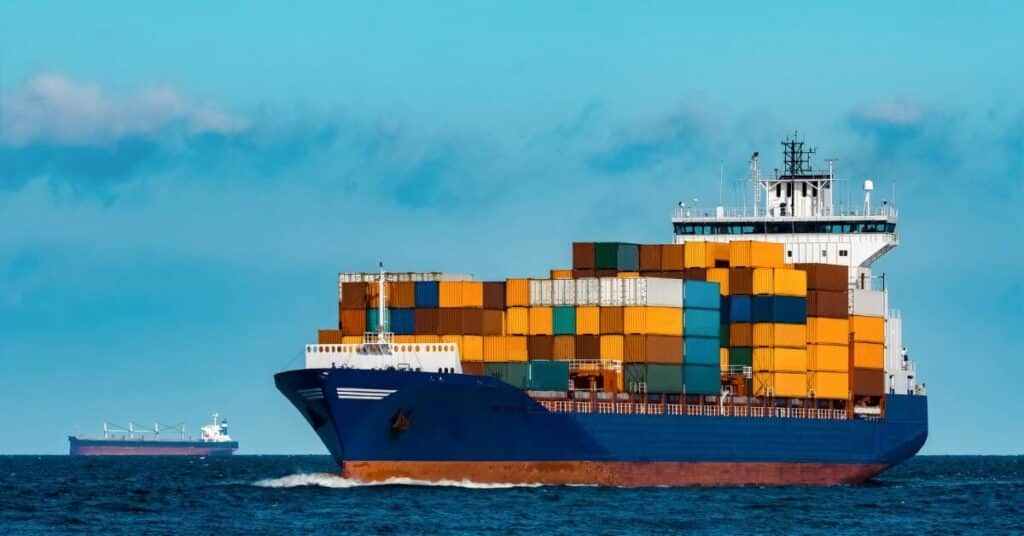Building Confidence For 2020 Compliance
We’re now little over a year from the implementation of the global sulphur cap, set to be one of the most impactful new regulations the industry has seen in a number of years. But despite the ever-narrowing window in which the industry must ensure compliance, widespread concerns remain around how the regulation will be enforced and how compliance will be effectively ascertained. Given the magnitude of the regulation, the absence of robust enforcement mechanisms for this rule is proving to be a daunting challenge for the industry, with many key questions still remaining unanswered.
The primary options available for a shipowner as a route to achieving compliance are well known; the use of distillate fuels, alternate fuels such as LNG and methanol, and scrubbers. Regardless of the solution applied, shipowners are having to reassess their budgets to accommodate the additional investments and costs associated with meeting the sulphur cap regulation.
Deliberate non-compliance
The current lack of agreed measures for the effective enforcement of the global sulphur cap gives rise to the risk of deliberate non-compliance, creating a two-tier market that would certainly put compliant shipowners at a financial disadvantage, especially given the potentially significant investments and costs associated with meeting the regulation. Shipping consultancy Moore Stephens recently noted that vessel operating costs could rise by 2.7% in 2018, and by 3.1% in 2019 as the global maritime community readies itself for the regulation. According to shipping giants CMA CGM and Maersk, it will cost will as much as US$1.5 billion and US$2 billion respectively in order to ensure compliance.
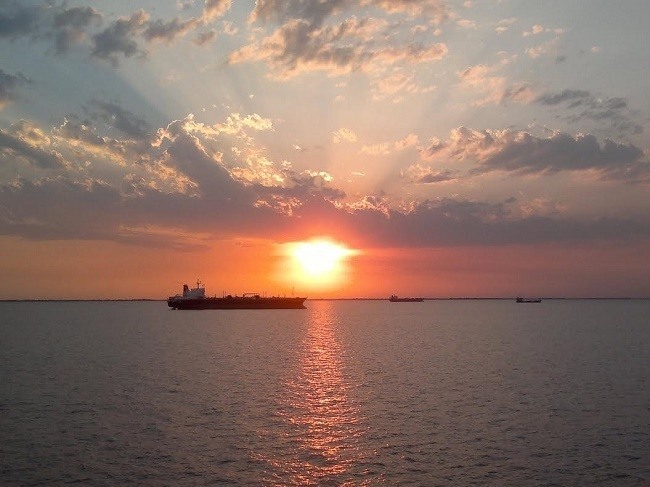
In terms of what the industry expects to see regarding compliance rates by 1st January 2020, OPEC’s World Oil Outlook report predicted that only 70% of vessels will be ready. The other 30% remains a concern for rule-abiding shipowners and regulators – paving the way for distortions in the market that could create a financial incentive for non-compliance.
Fines and penalties imposed on non-compliant vessels in existing Environmental Control Areas (ECAs) vary considerably. For example, currently, the highest fine in Denmark is US$60,000 for vessels operating within the ECA, whereas in Belgium it could cost a shipowner US$7 million as a result of non-compliance. A recently reported breach by a cruise vessel in France could result in a fine of up to US$200,000 and a potential prison sentence for the shipowner and/or captain.
Addressing fuel incompatibility and stability
An additional challenge that shipowners and operators will have to address is fuel compatibility and stability issues, including increased cat fines and different parameters regarding viscosity, flash point, pour point and ultimately confirmation of sulphur level. New, blended fuels entering the market are expected to bring about quality issues and concerns to a degree never seen before. Failure to address this will not only affect vessel operation and efficiency but could also result in engine damage and costly repairs, as well as the costs associated with unexpected downtime. As Anna Ziou, policy director on safety and environment at the UK Chamber of Shipping rightly warns, fuel compatibility issues could leave ships in “a life and death situation in the middle of the ocean” due to catastrophic engine failures.
As witnessed in March 2018, over 100 ships were affected by contaminated marine fuels, first hitting Houston and then spreading further to ports in Singapore and Panama. Vessels bunkering in these ports suffered mechanical issues ranging from clogged pipes and filters to catastrophic engine breakdown and power loss, leading to claims worth millions of dollars. Without proper checks and technical guidance in place, the sharp rise in bunker quality issues seen in recent months could be a precursor for what may lie ahead when the global sulphur cap comes into effect.
Next steps:
To address these growing concerns, various measures and initiatives were tabled at the recently concluded MEPC 73. During the week-long discussions, the IMO considered a proposal to implement an “experience building phase” (EBP) after the 2020 sulphur cap comes into effect. The proposal highlighting concerns over the safety of compliant fuels was submitted by the Marshall Islands, Liberia, BIMCO, Intertanko and Intertanko, and was latterly supported by the United States. However, the message for a no phased approach to the enforcement of the sulphur cap was made loud and clear with the IMO’s dismissal of the proposed EBP, although the IMO has agreed to a period of gathering data to better understand how some of the challenges associated with the global sulphur cap will be addressed. Demonstrating backing for the 1st January implementation, much of the industry labelled the EBP’s initial supporters as a disruptive hindrance, accusing them of wanting to delay enforcement altogether in order to protect their own interests, regardless of the impact this would inevitably have on the environment.
There was also go-ahead given on the adoption of a ban on the carriage of non-compliant fuel oil for vessels without scrubbers. The ban, which would come into effect as early as March 2020, will leave owners with little room for manoeuvre on compliance as they will not be able to bunker non-compliant fuel oil if they have not fitted an emissions abatement solution to their vessel.
Another key development was the approval for new guidance designed to assist shipowners in safely complying with the 2020 sulphur cap. This will offer advice on how to prepare vessels for implementation of the cap, with a proposed ship implementation plan that entails risk assessments for the impact of the new fuels, guidance for the procurement of compliant fuels and the switch from conventional residual fuel oils to 0.5% sulphur compliant fuel oil, among other elements. The first draft is set to be tabled at the IMO’s Pollution Prevention and Response (PPR) committee meeting in February 2019.
In the coming weeks, IMO’s Maritime Safety Committee (MSC) is set to review the decisions made at MEPC73 and address “safety implications associated with low-sulphur fuel oil and take action, as appropriate, noting the initiative of industry organisations to develop industry guidance and possibly training materials”. In general, MEPC 73 eliminated any doubt surrounding the IMO’s commitment to fully implement the regulation, and with further key decisions due to be taken at MEPC 74 in May next year, time is fast running out.
Access to portable sulphur testing technology
Given that the preparatory moves towards compliance in recent weeks may provide some reassurance to the industry, it is also important to be able to provide Port State Control (PSC) and shipowners with quick and easy access to data they need to accurately check and prove compliance. Traditionally, PSC inspectors have relied on paperwork requirement as such as Bunker Delivery Notes (BDN) and fuel logs, which can be far from reliable. This is not only inefficient for PSC in targeting vessels for laboratory testing, but also significantly increases the risk of non-compliance and subsequent penalties for shipowners. Furthermore, the delay incurred by laboratory testing creates the risk that the vessel may have left the port with non-compliant fuel onboard, or may require non-compliant fuel to be de-bunkered and compliant fuel re-bunkered, incurring significant delays and additional costs.
Accurate portable sulphur testing provides the ability to conduct a spot-check analysis of the sulphur content in fuel onboard a vessel, allowing PSC to ascertain compliance almost instantly, and allowing shipowners the opportunity to avoid unnecessary fines and increased operational costs. Equipping PSC inspectors with the right tools and access to reliable data to check and prove compliance onsite can ensure the robust implementation of the sulphur cap. The Parker Kittiwake XRF analyser provides an on-site analysis of the sulphur content in fuel onboard a vessel, allowing PSC to ascertain compliance within a matter of minutes. This also allows shipowners to determine the sulphur content of fuel before it is bunkered, mitigating the risk of significant fines, plus the time, expense and operational impact of bunkering non-compliant fuel.
The XRF analyser provides an accurate indication of sulphur content through the analysis of a small fuel sample in less than three minutes, with test results stored electronically, allowing operators to manage compliance audits more efficiently. Furthermore, the portable device can also be used to measure a range of wear metals in lubricating oil, allowing operators to quickly identify potential damage in cylinder liners, bearings, piston rings, gears, stern tubes and hydraulic systems, and creating the opportunity to take preventative action before catastrophic breakdowns occur.
The XRF analyser is factory calibrated according to the ISO 8754 standard and is capable of conducting field measurements that correlate strongly with laboratory measurements. Fuel can be easily sampled at any stage of the bunkering process, and with easy access to an accurate record of proactive testing, shipowners can display the utmost due diligence to PSC or other regulatory surveyors, ensuring they can move through the required regulatory checks efficiently. Integrated into a small, lightweight and robust housing, the XRF is portable with an integrated carrying handle for ‘plug-and-play’ operation. Test results are displayed as a percentage on a LCD screen, avoiding ambiguity and mitigating the risk of human error through operators needing to interpret the test data.
Propelling ahead to 2020
Despite the current uncertainties and questions that remain unanswered on the measures to drive effective enforcement of the global sulphur cap, the technology is available today that will provide shipowners and PSC inspectors access to reliable fuel testing resources to prove and check compliance quickly and onsite – allowing for timely and appropriate action, facilitating the effective policing of the regulation.
Author: Scott Herring, Key Marine Account Manager, Parker Kittiwake
Disclaimer :
The information contained in this website is for general information purposes only. While we endeavour to keep the information up to date and correct, we make no representations or warranties of any kind, express or implied, about the completeness, accuracy, reliability, suitability or availability with respect to the website or the information, products, services, or related graphics contained on the website for any purpose. Any reliance you place on such information is therefore strictly at your own risk.
In no event will we be liable for any loss or damage including without limitation, indirect or consequential loss or damage, or any loss or damage whatsoever arising from loss of data or profits arising out of, or in connection with, the use of this website.
Disclaimer :
The information contained in this website is for general information purposes only. While we endeavour to keep the information up to date and correct, we make no representations or warranties of any kind, express or implied, about the completeness, accuracy, reliability, suitability or availability with respect to the website or the information, products, services, or related graphics contained on the website for any purpose. Any reliance you place on such information is therefore strictly at your own risk.
Do you have info to share with us ? Suggest a correction
Latest Shipping News Articles You Would Like:
Subscribe To Our Newsletters
By subscribing, you agree to our Privacy Policy and may receive occasional deal communications; you can unsubscribe anytime.




